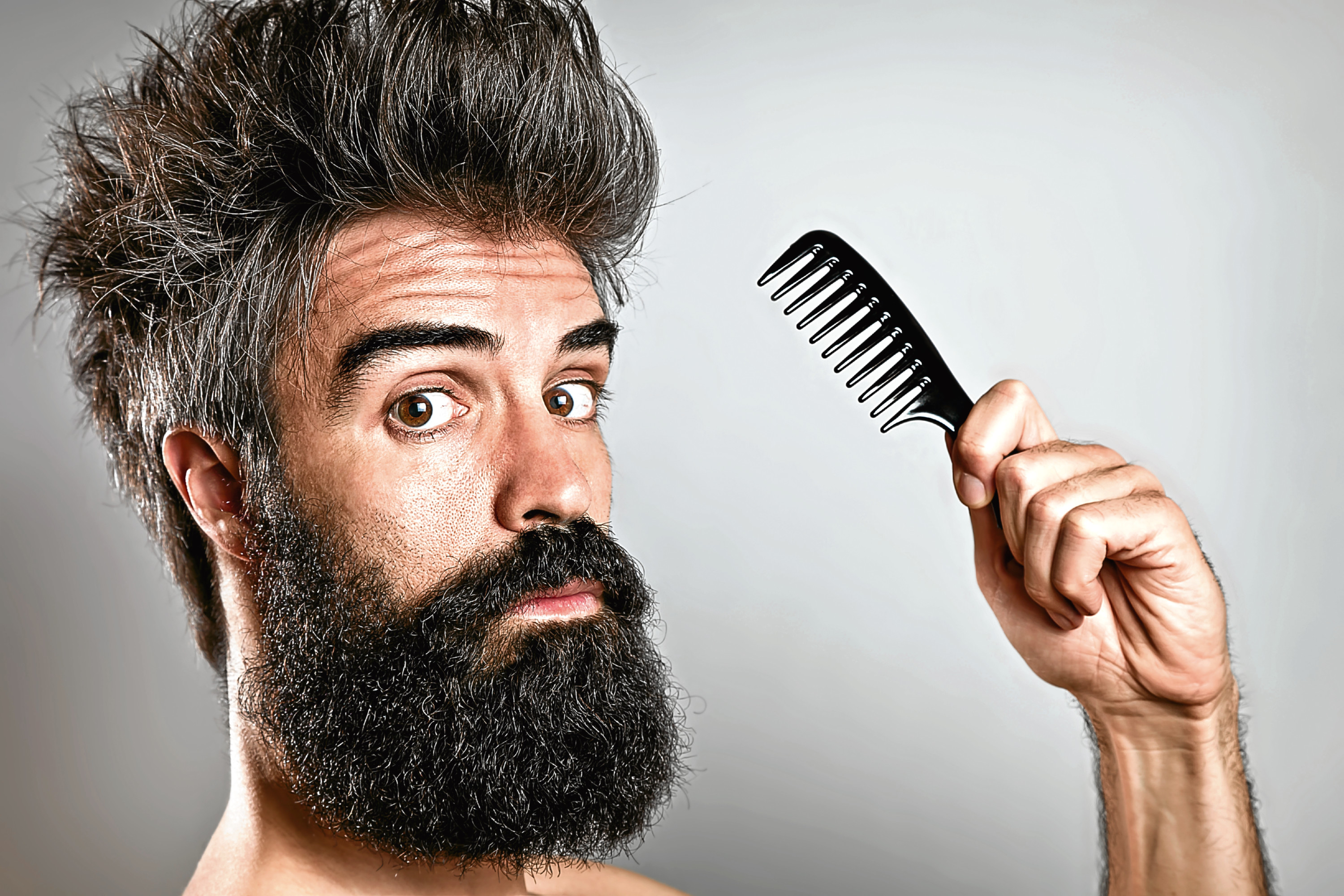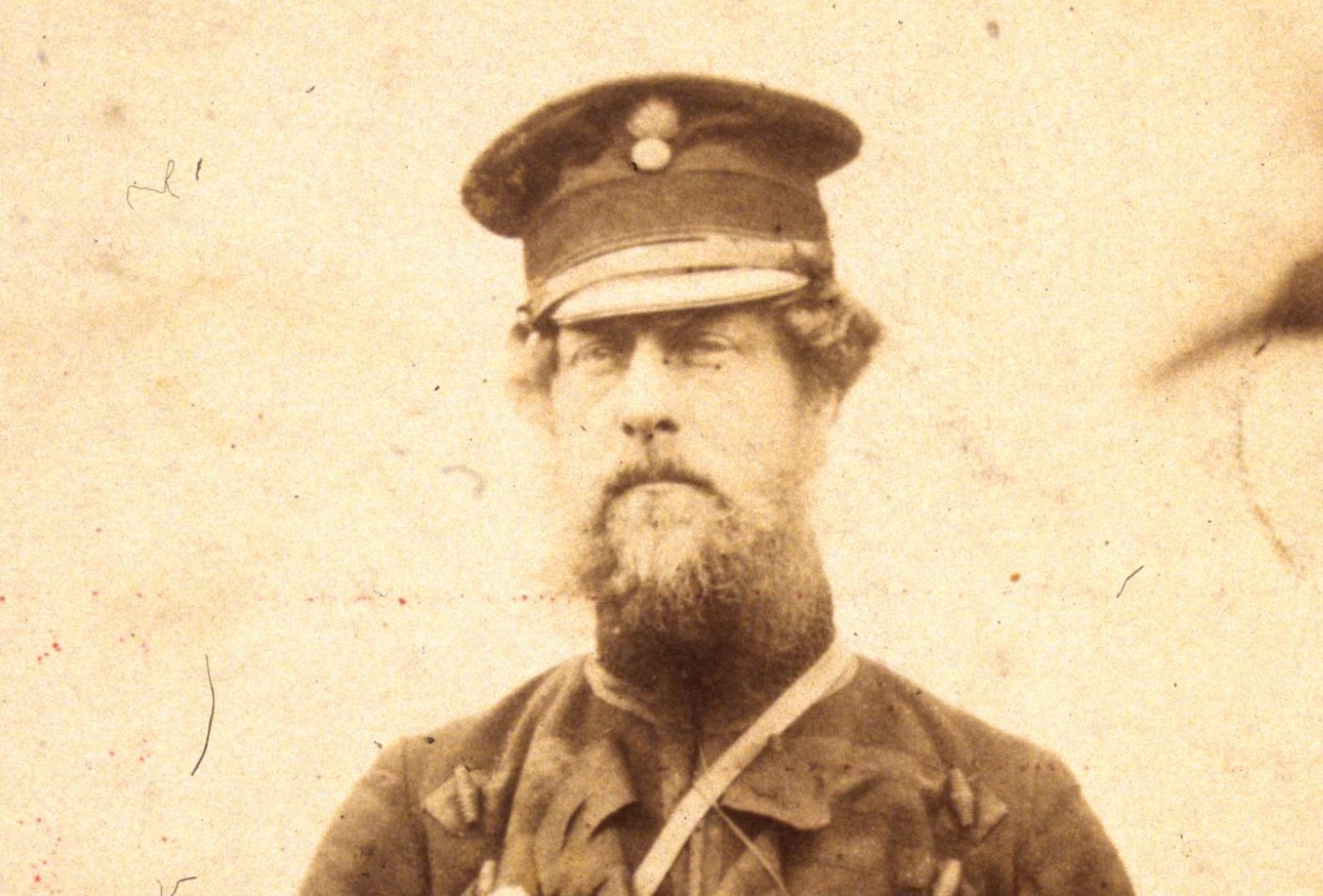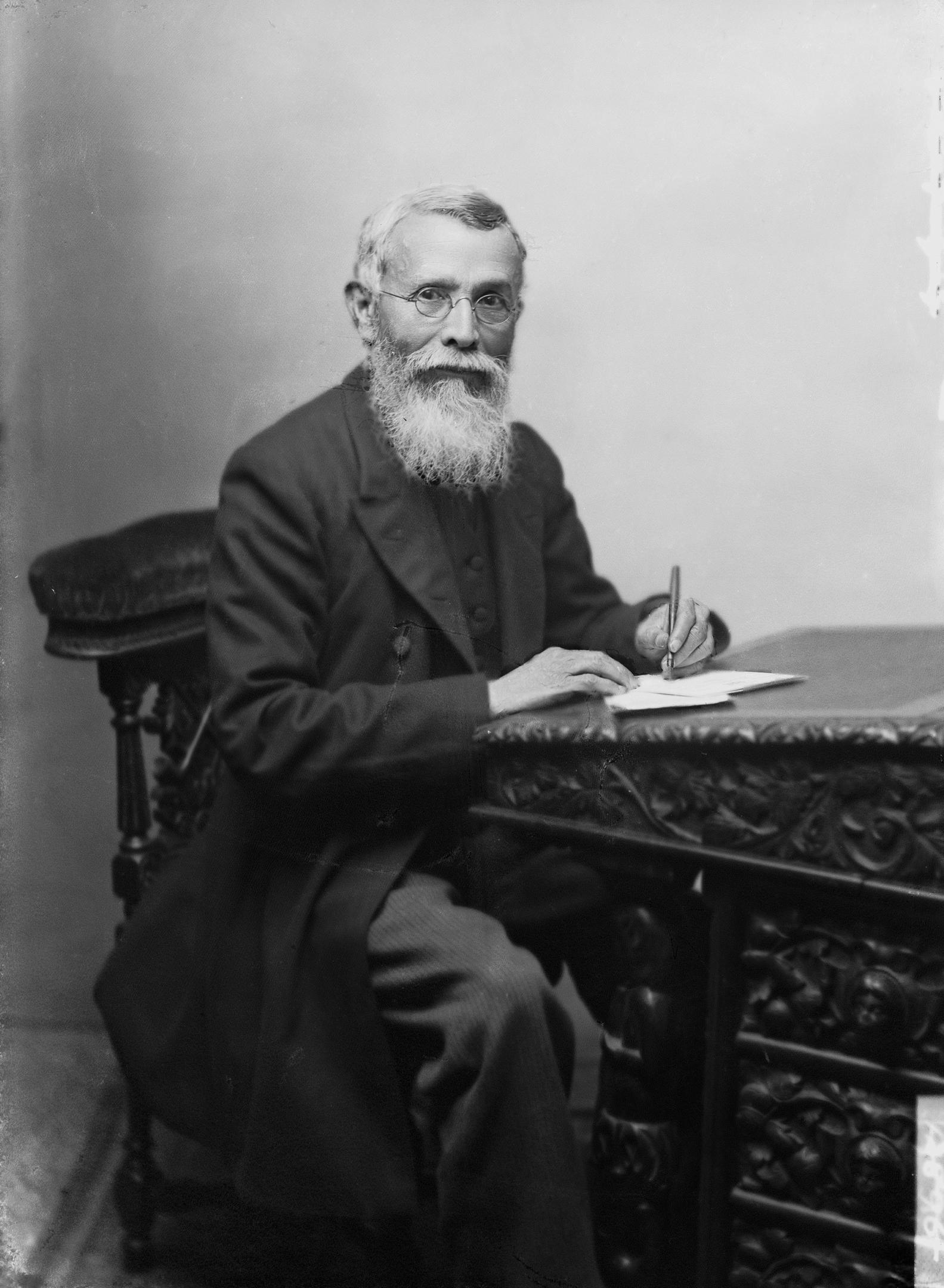
WE may blame beards on the Crimean War, but the battle for the hairiest chin goes back a lot further than that!
Beards hadn’t been popular in Britain for 400 years, since Tudor times, but for soldiers in the freezing Crimea, with a lack of shaving implements, it became the norm to grow a thick, long beard and heavy moustache.
In Victorian times, beards were the height of manly fashion, until the cheap disposable razor arrived in the early 20th century.
Apart from the long-haired hippie era, when even The Beatles grew lots of facial hair, we haven’t seen another beard craze till the one we’re in the midst of.
Many reckon this all started because men wanted to look more masculine than their peers, and even today, scientists believe most women find bearded men more attractive than clean-shaven lads.
Ancient times saw plenty evidence of facially-hirsute gentlemen.
We can see from Phoenician sculptures that the people in today’s Lebanon spent plenty time fussing with their beards.
Mesopotamian chaps used oils and tongs to make their beards as elaborate as possible, while Egyptians dyed theirs red henna and plaited them with golden thread!
Both kings and queens wore metal false beards, which explains something that puzzles so many of us upon seeing a mummy at the local museum.
In India and China, men grew beards as long as could be, as they were a symbol of intelligence, wisdom and dignity. India, would you believe, saw men pledge their beards if they had an outstanding debt!
Chinese beards, on the other hand (or chin), were wiry and thin, and looked after just as a cat takes care of its whiskers.
One Persian king, having had an enemy executed, was brought his head and moved to utter: “What a pity, that a man possessing such fine mustachios should have been executed.”
Many a film about the Romans sees them mainly clean-shaven, but in the earlier days of Ancient Rome, they set as much store by beards as the rest of the world.
Alexander the Great, of Macedonia, however, thought along similar lines to Roman generals — that having long beards made it easier for enemies to grab his men.
So they were banned in the military, something that has applied for similar reasons across the world and in every era.
It’s interesting to note that young boys in Ancient Rome were so keen to start shaving, they would rub oils into their chins.
Many centuries later, many a British lad tried something similar with salt.
Or was that just me and my pals?
Most Western European art has always shown Christ with a beard, while John the Apostle is clean-shaven to emphasise his youth. Leonardo’s The Last Supper has eight of its famous figures with beards.
The world’s seen many different beards, with plenty weird and wonderful names.
A Lemmy, for instance, is named after the late, great Motorhead singer and his trademark moustache that drooped down the sides of his shaved chin.
A soul patch is the tiny bit of hair below the lower lip and above the chin. Apparently, this helped jazz and soul sax and trumpet players do their stuff!
The circle beard is the one right round the mouth but not connected to the sideburns, while designer stubble is the short growth that looks like a gent has always gone just a day or two without shaving. Mutton chops have the chin as the only shaved bit.
And they say women go to a lot of trouble each morning with their appearance!
Adolf Hitler had his infamous toothbrush moustache so short to let him wear a tight gas mask during the Great War. Even Charlie Chaplin wore one like it, though the Nazi maniac meant it went out of favour after the 1940s, rarely seen again since.
In ancient Rome, it was a talk by three Greek philosophers, all wearing long beards, that made Romans think having facial hair was a sign of intelligence.
Some philosophers styled their beards depending on which branch of philosophy they were into, so you would know by the cut of a chap’s beard whether he was a Stoic or a Peripatetic. Apparently!
The British Navy, unlike our soldiers, were allowed beards, but there were rules. You had to ask your commanding officer’s permission, and you had to have the full caboodle, beard and moustache.
The idea was to ensure uniformity.
Funnily enough, US military personnel found after the Vietnam War that they could get away with longer hair and not shaving.
The powers-that-be were alarmed at the intense protests following Vietnam, so they relaxed the hair rules to encourage men to join the Army!
Mass marketing in the US put pressure on film studios to have their male stars with neat haircuts and to be clean-shaved. Think of Cary Grant, Fred Astaire and the like, and there was barely a whisker among them, let alone a lock of hair going over a shirt collar.
Companies like Gillette, of course, were only too happy to see most of the world adopt a neat, well-groomed style, something that would require lots of regular spending on razors, foam, soaps and shampoos!
Today’s marketing folks needn’t worry about all our young men with their flowing beards. They spend a fortune on aftershave, despite no need for it, along with balms, eau de toilettes and all manner of stuff that’d infuriate our grandfathers.
Goodness only knows what bearded Santa will make of it, when he gets all those requests for “men’s grooming products” yet again this Christmas…

Enjoy the convenience of having The Sunday Post delivered as a digital ePaper straight to your smartphone, tablet or computer.
Subscribe for only £5.49 a month and enjoy all the benefits of the printed paper as a digital replica.
Subscribe


